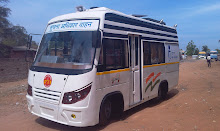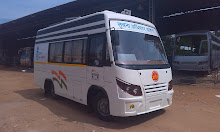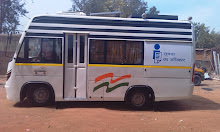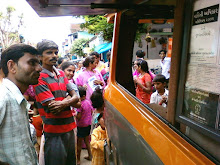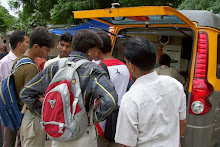Indian Express: New Delhi: Wednesday,
March 29, 2017.
After years
of reluctance, the judiciary has finally allowed cameras to enter its
courtrooms.
The Supreme
Court has ordered installation of CCTV cameras without audio recording at
least in two districts in all states and union territories to record court
proceedings.
In an
unprecedented order by the apex judiciary, a bench of Justices Adarsh K Goel
and Uday U Lalit directed 24 high courts across the country to make sure
district and sessions courts in a minimum of two districts in every state and
union territories have CCTV cameras installed inside courtrooms and also in the
court precincts within three months.
The order on
the judicial side has come following several rounds of deliberations between
the Central government and the top judiciary on the issue of audio-video
recording of court proceedings. Since August 2013, Union Law Ministers have
written to the then Chief Justices of India at least thrice to consider
recording the court proceedings in the interest of transparency and better case
management.
But the
Supreme Court judges have demonstrated reluctance with the latest communication
in August 2016 telling the government that the judges felt a “wider
consultation” was necessary before a final decision. Not just this, many PILs
demanding audio-video recording of proceedings had also been dismissed in the
past even though Law Commissions have made recommendations favouring
audio-video recording.
However, the
two-judge bench decided to take the historic step Friday while observing that
it would take the matter forward after examining the report on how the first
step has worked itself out.
The bench
entrusted the high court concerned with overseeing installation of cameras and
their working while District and Sessions Judges, who is the administrative
head of courts in a particular district, have been asked to monitor the
courtroom proceedings in his or her chambers.
The bench
added that only such small states and union territories where the high court
felt that installation of CCTV cameras was not possible at the moment would be
exempted from its order.
“We direct
that at least in two districts in every state/union territory (with the
exception of small states/union territories where it may be considered to be
difficult to do so by the concerned high courts) CCTV cameras (without audio
recording) may be installed inside the courts and at such important locations
of the court complexes as may be considered appropriate,” directed the top
court.
“Monitor
thereof may be in the chamber of the concerned District and Session Judge,”
said the bench, further clarifying that location of the district courts and any
other issues concerning the subject may be decided by the respective high
court.
The apex
court also added necessary caveats in its order. “We make it clear that the
footage of the CCTV camera will not be available under the RTI (Right To
Information Act) and will not be supplied to anyone without permission of the
concerned high court,” it maintained.
While the
installation has to be completed within three months, the bench said that “the
report of such experiment” will be submitted within one month of such
installation by the Registrar Generals of the respective high courts to the
Secretary General of the Supreme Court. The Secretary General has been further
asked to collate and tabulate the information received from all high courts and
placed it before the bench for a further consideration on August 9.
The order
came on a petition moved by a man, who had sought audio-video recording of the
trial proceedings of his matrimonial dispute to ensure a fair trial and that he
was even willing to bear the expenses of installing such cameras.
Responding to
the petition, the Department of Justice, in its affidavit told the bench that
it has always advocated audio-video recording of the court proceedings since
apart from ushering in more transparency and keeping tab on conduct of judicial
officers, lawyers, victims, witnesses and police personnel, it would also help
in having electronic records of cases.
The affidavit
pointed out that while video-conferencing facility is used by some courts to
connect with jailed inmates, proposals by the Law Ministers to the CJIs for
introducing audio-video recording in subordinate courts to begin with have not
cut much ice with the top judiciary.











